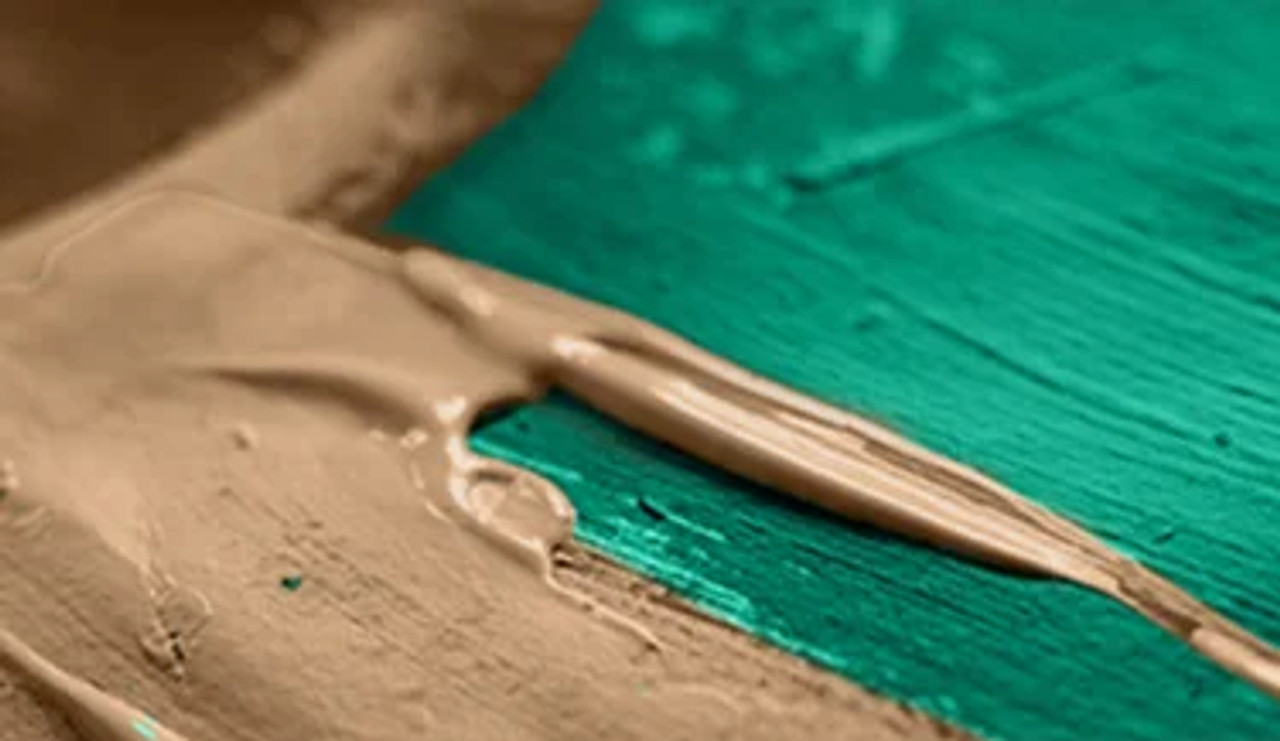
$79
Plus membership
3 Credits
All courses include:
eTextbooks
2 to 3-day turnaround for grading
Multiple chances to improve your grade
On-demand tutoring & writing center
Student support 7 days a week
$79
Plus membership
3 Credits
All courses include:
eTextbooks
2 to 3-day turnaround for grading
Multiple chances to improve your grade
On-demand tutoring & writing center
Student support 7 days a week
Art Appreciation
$79
Plus membership
3 Credits
About This Course
ACE Approved 2022
Art Appreciation equips you with the vocabulary to understand and discuss art while learning about its impact on different cultures.
What You'll Learn
Understand the value of art, its many uses, and its history.
Define the key vocabulary of art such as value, form, design, space, proportion, scale, balance, unity, and variety.
Classify different two-dimensional mediums.
Classify different three-dimensional physical mediums as well as abstract mediums like installations.
Analyze art through the lens of history, its effects on culture, and culture's effects on art.
Construct a formal analysis of a piece.


Your Life, Your Schedule, Your Education
Transfer into over 3000+ institutions that accept ACE courses or transfer directly into 180+ partner schools.
request information
Become immersed in the themes of art, principles of design, types of two-dimensional and three-dimensional media, and be taken on a tour of art through the ages. Additionally, learn the different eras of art and how to use elements of a piece of work to identify its time period or artist.
There are no prerequisites to take Art Appreciation.
| Topic | Subtopics |
|---|---|
| Living with Art |
|
| What Is Art? |
|
| Themes of Art |
|
| The Visual Elements |
|
| Principles of Design |
|
| Drawing |
|
| Painting |
|
| Prints |
|
| Camera and Computer Arts |
|
| Graphic Design |
|
| Sculpture and Installation |
|
| Arts of Ritual and Daily Life |
|
| Architecture |
|
| Ancient Mediterranean Worlds |
|
| Christianity and the Formation of Europe |
|
| The Renaissance |
|
| The 17th and 18th Centuries |
|
| Arts of Islam and of Africa |
|
| Arts of Asia: India, China, and Japan |
|
| Arts of the Pacific and of the Americas |
|
| The Modern World: 1800–1945 |
|
| From Modern to Postmodern |
|
| Contemporary Art around the World |
|
Your score provides a percentage score and letter grade for each course. A passing percentage is 70% or higher.
Assignments for this course include:
- 4 Graded Exams
- 1 Graded Midterm
- 1 Graded Final
The required eTextbook for this course is included with your course purchase at no additional cost.
Getlein, Mark. Living with Art. 12th ed., McGraw-Hill, 2020. ISBN: 9781259916755
The text is provided digitally as part of the course enrollment. Students may find used, new, or rental print copies by searching for the ISBN.
Art Appreciation students also take:
Helpful resources:







